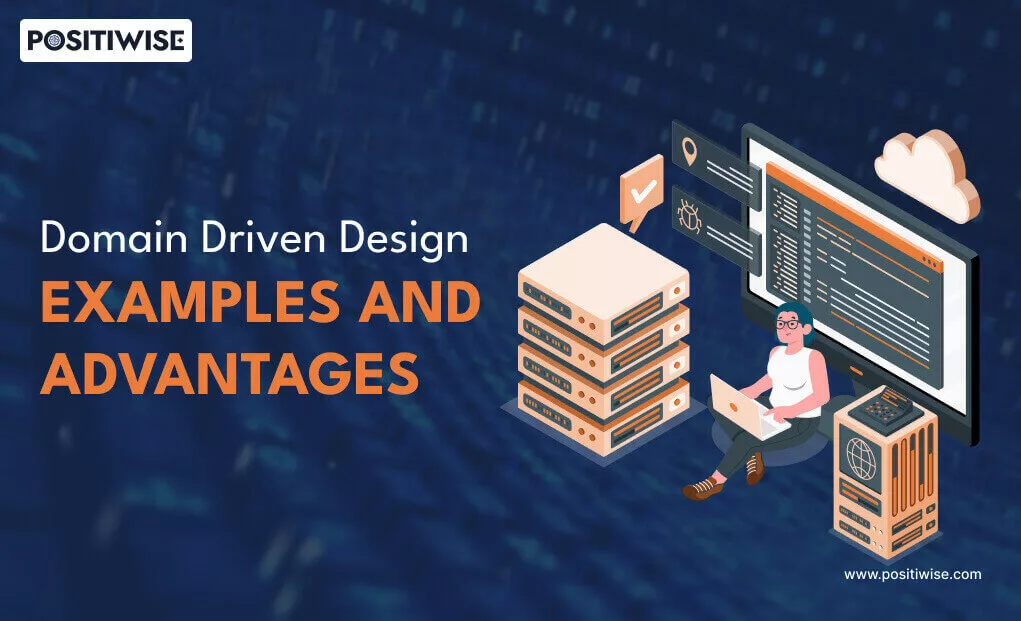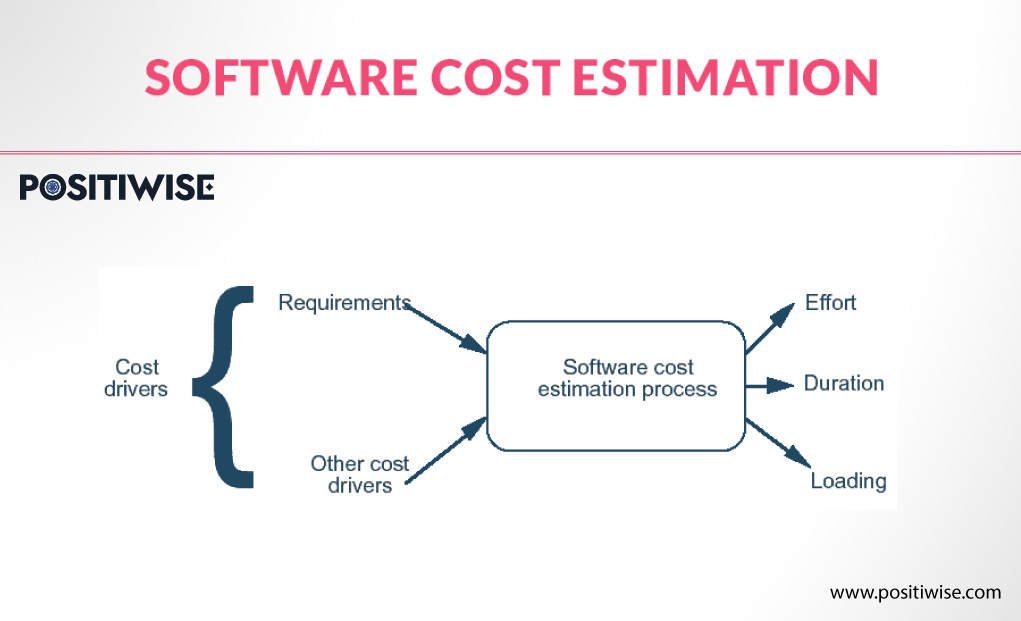Quick Overview:
In this blog, we delve into the basic information about Domain-driven design (DDD). We will use a real-world example of a food delivery app to show how DDD creates software that fits business needs. You can also learn how DDD helps teams communicate better, stay organized, and ensure that the software works well for both users and businesses.
What is Domain Driven Design?
Domain Driven Design (DDD) is a technique for developing software that focuses on understanding real-world problems within the domain where the software operates and solves those problems easily. The major focus of Domain-Driven Design is to collaborate with specialists in the field. The goal is to thoroughly understand all the details and complexities of the problem by providing strategies and guidelines to understand the problems people face and develop solutions that match those problems. So, the software perfectly fits the needs of the domain and users.
Domain Driven Design Examples in Real-world Scenario in 2024
Domain Driven Design is all about integrating your software with real-world problems that are designed to solve. DDD uses a toolbox of concepts and patterns. In this article, we take an example of a food delivery application with a problem statement. so you can understand it easily.
Domain Driven Examples: Problem Statement
Let’s take a scenario in which we are developing a food delivery application called “QuickFood.” The system allows users to order food from restaurants and delivery persons to accept delivery requests. It also helps coordinate food deliveries between users, restaurants, and delivery persons.
Ubiquitous Language
- User: It refers to a person who orders food via the QuickFood app
- Delivery Person: It refers to a person who delivers food via the QuickFood app.
- Order Request: It shows details of food orders such as restaurant name and delivery details.
- Order: It gives Comprehensive information about a specific food order like its current status.
- Order Status: It records the tracking stages of an order such as Placed, Picked Up, or Delivered.
Bounded Contexts
- Order Management Context: It Manages all aspects of food orders from start to end.
- User Management Context: It Handles user accounts and payment processing.
- Delivery Derson Management Context: It Manages delivery person information and their availability.
- Restaurant Management Context: This Oversees restaurant details and menu offerings.
Entities and Value Objects
- User Entity: It shows a registered user with information such as user ID, email, password, and payment details.
- Delivery Person Entity: This shows a registered delivery person with information like delivery person ID, vehicle details, and current status.
- Order Request Entity: This indicates a user’s food order including details such as request ID, restaurant, ordered items, and delivery preferences.
- Order Entity: It gives Information about a specific food order such as order ID, items, total price, and current status.
- Location Value Object: It is a geographical location described by its latitude and longitude coordinates.
Aggregates
- Order Aggregate: This displays the Order collection acts like a comprehensive folder including all the important information about an order. It includes details about the items ordered, the order status, and related information about the user, delivery person, and restaurant. This Comprehensive approach helps manage the entire order process, from the initial request to final delivery.
Repository
- Order Repository: It has a set of tools for managing order-related information. It allows you to check order details with updated order statuses and store all order-related data in a database.
Services
- Order Assignment Service: This service connects delivery persons with order requests based on their availability, proximity to the restaurant, and user preferences.
- Payment Service: This service indicates managing payments for completed orders. It calculates the total cost and processes transactions by updating payment information for users and delivery persons.
Domain Events
- OrderPlacedEvent: This event helps to notify the system about the details of a food order and who placed it when a user orders food.
- OrderAcceptedEvent: This indicates the order acceptance. This event informs the system about the specific order and delivery person as well as the restaurant location.
- OrderPickedUpEvent: This event occurs when a delivery person collects an order from the restaurant. It informs the system about the order with the delivery person and the time of pickup.
- OrderDeliveredEvent: This shows that the delivery person completes an order delivery. This event informs the system about the specific delivered order and delivery time.
Domain Driven Design Examples Scenario
- User Places an Order: It informs that someone orders food by choosing a restaurant and selecting items. They also specify and say how they want it delivered. QuickFood receives this and sends an ‘OrderPlaced’ message.
- delivery person Accepts the Order: This gives information that a delivery person confirms to deliver the food. QuickFood says accepted and assigns the delivery person by sending an “OrderAccepted” message.
- Order Pickup: This highlights the delivery person picking up the food from the restaurant and QuickFood informs users that it is picked up by sending an ‘OrderPickedUp’ message.
- Order In Transit: It informs that the delivery person is on the way to deliver the order to the user. The order is marked as In Transit during this time.
- Order Delivery: This unveils that the delivery person arrives at the destination, and the order is marked as Delivered. QuickFood then sends an OrderDelivered message. It figures out the total cost paid for it and updates payment information for both the user and the delivery person.
Unlocking The Advantages of Domain Driven Design
DDD Domain-driven design makes software that is perfect and better fits the business. It uses clear language with neat code and adjusts as the business changes. The advantages make software easier for everyone to use. Here, we will see the advantages of Domain-driven Design.
Clear Communication
It is the first and most important advantage of a domain-driven design that brings together domain experts with developers and stakeholders to speak the same language. This helps teams to communicate better and build software that meets the business needs.
Core Domain Focus
The focus of the core domain helps teams to find and focus on the most important parts of the software. The ones that bring the most value to the business. This way, teams can create software that directly helps the business and stands out from the competition.
Change Resilience
The change resilience in DDD design software can handle changes well. By understanding and reflecting on the complexities of the problem teams can adapt quickly to evolving needs.
Separation Clarity
Separation clarity is one of the best advantages of DDD which keeps things organized by separating different parts of the software. This helps maintain a clean and focused model independent of technical details.
Test Enhancement
DDD makes testing easier by using well-defined objects. This test enhancement ensures changes to the code that are safe and predictable also reducing the risk of errors.
Business Rule Assistance
Business rule assistance in DDD provides tools for dealing with tricky business rules. By representing these rules clearly, teams can ensure the software meets specific business needs.
Business Goal Alignment
DDD aims to match software development with business goals. By understanding the problem well teams can create solutions that support business objectives and create value for everyone involved.
Conclusion
As we know Domain-Driven Design is the way to make software that fits what users and businesses need. By working together and focusing on real problems, DDD helps teams create strong and flexible software with clear communication and a focus on what matters most. DDD ensures that software projects stay on track and deliver value to everyone involved. Nowadays DDD is a great way to make software that helps businesses succeed.
Expert in Software & Web App Engineering
Parag Mehta, the CEO and Founder of Positiwise Software Pvt Ltd has extensive knowledge of the development niche. He is implementing custom strategies to craft highly-appealing and robust applications for its clients and supporting employees to grow and ace the tasks. He is a consistent learner and always provides the best-in-quality solutions, accelerating productivity.






